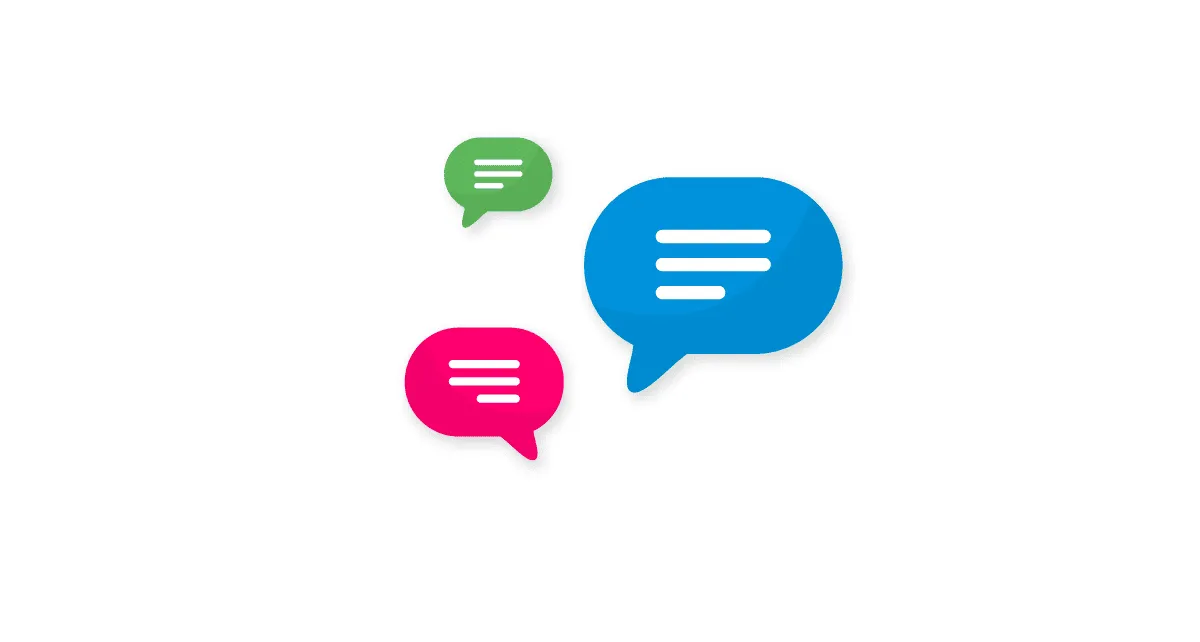
Updated on by Hayley Brown
What is CCaaS technology?
CCaaS, or Contact Center as a Service, is a cloud-based solution that allows businesses to manage customer interactions across multiple channels (voice, email, chat, social media) without needing on-premises infrastructure, offering scalability, flexibility, and cost-effectiveness.
These applications provide businesses with a software-based platform to handle customer interactions, eliminating the need for expensive hardware, software, and IT staff to manage a traditional on-premises contact centre.
CCaaS solutions are hosted in the cloud, meaning businesses access the technology and features through a subscription, rather than owning and maintaining it themselves.
Types of CCaaS Technology
- Voice over Internet Protocol (VoIP) software
- Contact Center Software
- Contact Center Workforce Software
- Contact Center Knowledge Base Software
Key CCaaS Features
There are a number of key features that CCaaS technology has these include:
- Omnichannel Support manages customer interactions across various channels, including voice, email, chat, and social media.
- Easily scalable as resources can be simply adjusted based on demand, whether scaling up during peak hours or down during slower periods.
- Cost-effective as there are reduced costs associated with hardware, software, and IT staff.
- Analytics and reporting help to provide insights into customer interactions and performance through data analysis tools.
- Remote accessibility means agents can work from anywhere with an internet connection.
- Integration is seamless with other business systems, such as CRM (Customer Relationship Management) platforms.
How can an embedded integration platform help expand CCaaS capabilities?
An embedded integration platform streamlines integrations by offering pre-built connectors and APIs, saving development time and resources, and enabling faster delivery of robust, interconnected solutions.
It can help expand CCaaS capabilities by:
Improving Time-to-Market:
Embedded integration platforms like Cyclr, allow CCaaS and SaaS companies to quickly add integrations, enabling them to respond faster to customer needs and market demands.
Reducing Development Costs:
By leveraging pre-built connectors and APIs, Cyclr has an extensive API library, companies can significantly reduce the time and resources required for building and maintaining integrations, saving on development costs.
Enhancing Product Value
Embedded integrations can turn a product into a hub for workflow automations, increasing its value and attracting more customers.
Improving Customer Experience
Seamless integrations enhance the user experience by allowing customers to connect different tools without leaving the platform, leading to increased satisfaction and retention.
Increased Sales Velocity
Offering a wider range of integrations can make a product stand out from competitors and lead to more deals.
Reduced Churn
Customers who have integrated with your platform tend to have higher satisfaction rates and are less likely to leave.
Embedded integration platforms like Cyclr, can empower CCaaS teams to focus on tasks that they’re uniquely equipped to solve rather than getting stuck developing integration requests.
Common Use Cases for CCaaS Technology
Below are a few integration CCaaS use case examples that could be built and implemented to sync data with their CRM, Help Desk solution and HRMS software.
Integration with CRM Solution for Contact Data, Case Management, and Phone Logs
Automates the Process of Phone Log interactions into Salesforce Tasks.
1. CCaaS fetches phone interactions within a specified time range and filters records that contain a customer phone number (ANI).
2. The ANI (customer phone number) is used to search and find a matching contact in Salesforce.
3. A closed Task is created in Salesforce with call details, and the CCaaS is updated with the Salesforce contact URL for reference.
Integration with Help desk Solution for Conversation data
Convert Help Desk Conservation Data, Calculation and then upload to CCaaS.
1. The workflow retrieves conversation data from two sources—recent 15-minute conversations and backlog conversations from a Help Desk Solution such as Kustomer.
2. The system verifies if the queue ID exists, fetches handle time data, and calculates the average handle time over 192 intervals. The updated handle time is then stored and updated in the object storage.
3. Queue performance data is updated in the CCaaS.
Integration with HRMS Solution for Employee data / Time-Off balance
Automates Employee time-off balance between Workday and CCaaS.
1. For every employee captured from CCaaS, retrieve all employee data and its Balances from Workday.
2. The system pulls time-off balances from Workday Absence Management and checks if mapping exists for the Time-off category.
3. Then it updates Employee Balances in CCaaS.
These are just a couple of examples as how a CCaaS could utilise an embedded integration platform to develop native integrations between commonly used applications. If you’d like to learn more about Cyclr and expanding your CCaaS’s native integrations get in touch with our team of integration experts.